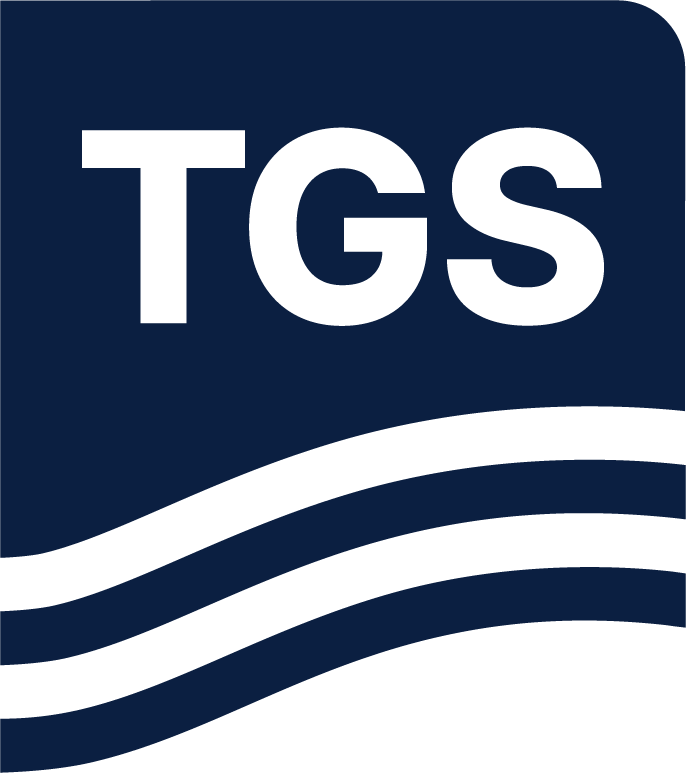By Karthik Yenduru, TGS
Is your renewable energy data secure? As the renewable energy sector embraces digital transformation, cybersecurity threats are becoming a growing concern. With the increasing adoption of IoT devices, cloud-based platforms, and AI-driven analytics, the risk of data breaches, cyberattacks, and operational disruptions is at an all-time high.
Renewable energy projects generate vast amounts of data — ranging from financial records to performance metrics. The volume and granularity of this data vary based on asset type and operational scope. Over time, these data streams become invaluable for optimizing efficiency and forecasting performance. However, without strong cybersecurity measures, this valuable data remains vulnerable to attacks.
Why Data Security Matters in Renewable Energy
To ensure energy reliability and protect stakeholders' interests, Information Management Systems (IMS) must collect and store data securely. Implementing end-to-end encryption safeguards data from the point of origination to its final resting place. Identifying potential breach points within the data lifecycle is the first step in implementing robust security solutions.
Understanding the Risks: Physical vs. Digital Threats
Cyber threats in renewable energy projects can be broadly categorized into two types:
Physical Threats
- Unauthorized access to equipment or theft
- Breaches of physical security barriers
- Supply chain risks (e.g., tampered hardware)
- Environmental hazards (fires, floods, extreme weather) leading to data loss
Digital Threats
- IoT vulnerabilities and unpatched firmware exploits
- 4G/5G network security gaps
- Edge computing risks
- Malware, ransomware, and phishing attacks
While physical threats are relatively well understood, digital threats are evolving rapidly due to increased connectivity. Without proactive security measures, renewable energy assets become prime targets for cybercriminals. The table below highlights critical digital threats that demand immediate attention.
| Digital Threat | Threat Definition | Mitigation Steps |
|---|---|---|
| Role-Based Access Control (RBAC) | Tampering of data by unauthorized personnel due to a lack of robust authentication and credential verification process |
|
| Third Party Vendor | External vendors providing hardware or software service for data collection may have security weaknesses in their service or product, creating potential vulnerabilities |
|
| Communication Network | Using poor encryption or unsecured protocols when transmitting data over wireless or connected networks can lead to interception |
|
| IoT Devices | Lack of strong authentication or encryption for data collection devices can make them easy targets for cyberattacks |
|
| Firmware Exploit | Outdated firmware can expose vulnerabilities that can be exploited to infiltrate or steal data |
|
| Cloud Storage | Insufficient security measures to cloud infrastructure can lead to information breaches or unauthorized access |
|
| Data Integrity | Falsification of production or performance parameters can disrupt operations |
|
| Malware & Ransomware | Disrupting data acquisition or holding data for ransom through a virus that infects data collection sensors or connected control units |
|
Table "Key Digital Threats" (Source: Self-elaboration)
Building a Secure Data Ecosystem with 3rd Party Vendors
To mitigate cybersecurity risks, asset owners and O&M service providers must partner with vendors that adhere to stringent security protocols.
For instance, an O&M provider may integrate multiple digital solutions into their operations:
- Computerized Maintenance Management Systems (CMMS)
- Asset Performance Management (APM) tools
- Financial Asset Management (FAM) platforms
- Other specialized software vendors
Each vendor must align with cybersecurity framework(s) and comply with industry standards to ensure the integrity and security of the entire data value chain.
How Vendors Strengthen Cybersecurity
Cybersecurity is a shared responsibility — while software vendors play a crucial role in securing infrastructure, asset owners and operators must also take proactive steps. Leading vendors, such as TGS, enhance cybersecurity through:
- Prediktor Data Gateway – Integrated data management solution leveraging OPC UA for secure data transfers between technical and application layers.
- Prediktor PowerView™ – An Asset Management solution ensuring ISO 27001 compliance, encrypted cloud storage, and role-based access control (RBAC) to prevent unauthorized modifications.
- Multi-layered encryption – Protecting data both at rest and in transit to prevent breaches.
A Collaborative Approach to Cybersecurity
Securing renewable energy infrastructure requires a collective effort from all stakeholders. By integrating advanced encryption, role-based access control, and continuous monitoring, we can reduce vulnerabilities while improving operational resilience.
Cybersecurity is not just a vendor’s responsibility — it’s a shared mission. Asset owners, operators, and software providers must work together to implement proactive security strategies and build a resilient digital foundation.
To discover more about Prediktor PowerView™, visit: https://www.tgs.com/solar
Other Contributors: Sarry Haj Yahia & Thomas Pettersen
References:
- U.S. Department of Justice. n.d. "Role Based Access Control." Accessed January 15, 2025. https://diamd.usdoj.gov/doc/help/help/rolemgmt/rbac.htm
- DataGrail. “How to Mitigate Third-Party Risk.” Accessed January 15, 2025. https://www.datagrail.io/blog/privacy-trends/how-to-mitigate-third-party-risk/
- Hong Kong Computer Emergency Response Team Coordination Centre. (n.d.). IoT Security Best Practice Guidelines. Retrieved January 21, 2025, from https://www.hkcert.org/f/guideline/262205/cc040767-fa07-4c87-aaa9-cdf46d4b92c6-DLFE-14203.pdf
- Cloud Security Alliance. Security Guidance for Critical Areas of Focus in Cloud Computing. Version 4.0, 2017. Web. Accessed January 24, 2025.
- Center for Internet Security. "Steps to Help Prevent & Limit the Impact of Ransomware." Center for Internet Security, 6 Aug. 2019, https://www.cisecurity.org/insights/blog/7-steps-to-help-prevent-limit-the-impact-of-ransomware

